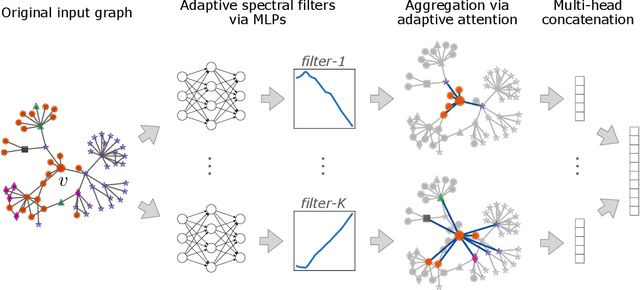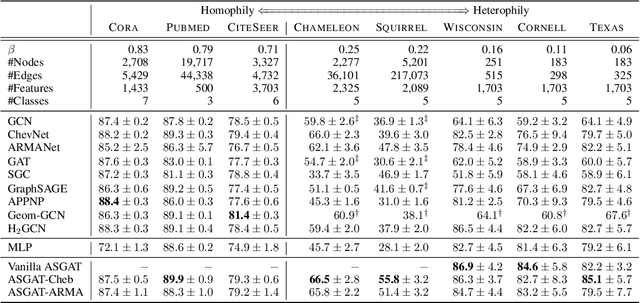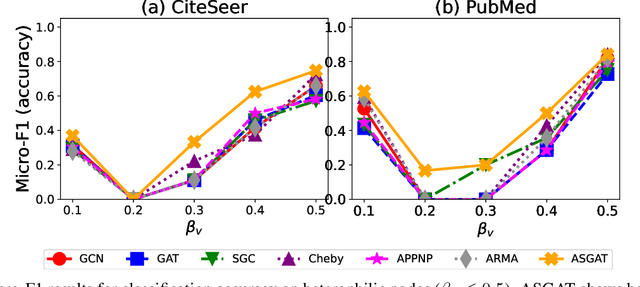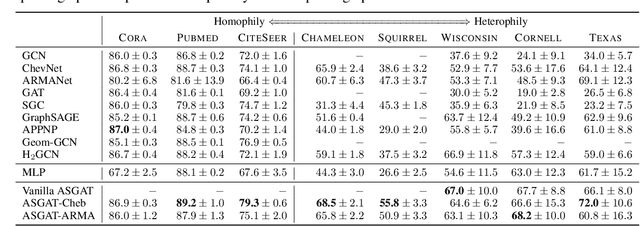Sean Li
Advancing Conversational Diagnostic AI with Multimodal Reasoning
May 06, 2025Abstract:Large Language Models (LLMs) have demonstrated great potential for conducting diagnostic conversations but evaluation has been largely limited to language-only interactions, deviating from the real-world requirements of remote care delivery. Instant messaging platforms permit clinicians and patients to upload and discuss multimodal medical artifacts seamlessly in medical consultation, but the ability of LLMs to reason over such data while preserving other attributes of competent diagnostic conversation remains unknown. Here we advance the conversational diagnosis and management performance of the Articulate Medical Intelligence Explorer (AMIE) through a new capability to gather and interpret multimodal data, and reason about this precisely during consultations. Leveraging Gemini 2.0 Flash, our system implements a state-aware dialogue framework, where conversation flow is dynamically controlled by intermediate model outputs reflecting patient states and evolving diagnoses. Follow-up questions are strategically directed by uncertainty in such patient states, leading to a more structured multimodal history-taking process that emulates experienced clinicians. We compared AMIE to primary care physicians (PCPs) in a randomized, blinded, OSCE-style study of chat-based consultations with patient actors. We constructed 105 evaluation scenarios using artifacts like smartphone skin photos, ECGs, and PDFs of clinical documents across diverse conditions and demographics. Our rubric assessed multimodal capabilities and other clinically meaningful axes like history-taking, diagnostic accuracy, management reasoning, communication, and empathy. Specialist evaluation showed AMIE to be superior to PCPs on 7/9 multimodal and 29/32 non-multimodal axes (including diagnostic accuracy). The results show clear progress in multimodal conversational diagnostic AI, but real-world translation needs further research.
Beyond Low-Pass Filters: Adaptive Feature Propagation on Graphs
Apr 03, 2021



Abstract:Graph neural networks (GNNs) have been extensively studied for prediction tasks on graphs. As pointed out by recent studies, most GNNs assume local homophily, i.e., strong similarities in local neighborhoods. This assumption however limits the generalizability power of GNNs. To address this limitation, we propose a flexible GNN model, which is capable of handling any graphs without being restricted by their underlying homophily. At its core, this model adopts a node attention mechanism based on multiple learnable spectral filters; therefore, the aggregation scheme is learned adaptively for each graph in the spectral domain. We evaluated the proposed model on node classification tasks over eight benchmark datasets. The proposed model is shown to generalize well to both homophilic and heterophilic graphs. Further, it outperforms all state-of-the-art baselines on heterophilic graphs and performs comparably with them on homophilic graphs.
 Add to Chrome
Add to Chrome Add to Firefox
Add to Firefox Add to Edge
Add to Edge